Pyrrosia lingua
Common Name(s):
- Phonetic Spelling
- pih-ROH-zha LIN-gwa
- Description
-
The evergreen felt fern is a slow-growing fern with long shallow, creeping rhizomes. It produces upright fronds each with a tapered base that range from 12" to 18" tall. The hairs and scales give the fronds a soft felty feel.
They make great container plants as well as locating on slopes, tree trunks, logs, and rocks. If locating in containers, use an orchid bark amended soil.
VIDEO Created by NC State Extension's Homegrown series featuring Mark Weathington, Director of JC Raulston Arboretum.
- Profile Video:
- See this plant in the following landscape:
- Cultivars / Varieties:
-
- 'Alabama Gold'
- 'Corymbifera"
- 'Cuspidata'
- 'Eboshi'
- 'Futaba Shishi'
- 'Hiryu'
- 'Kei Kan'
- 'Nankin Shishi'
- 'Obake Nana'
- 'Ogon Nishiki'
- 'Tachiba Koryu'
- 'Alabama Gold'
- 'Alabama Gold', 'Corymbifera", 'Cuspidata', 'Eboshi', 'Futaba Shishi', 'Hiryu', 'Kei Kan', 'Nankin Shishi', 'Obake Nana', 'Ogon Nishiki', 'Tachiba Koryu'
- Tags:
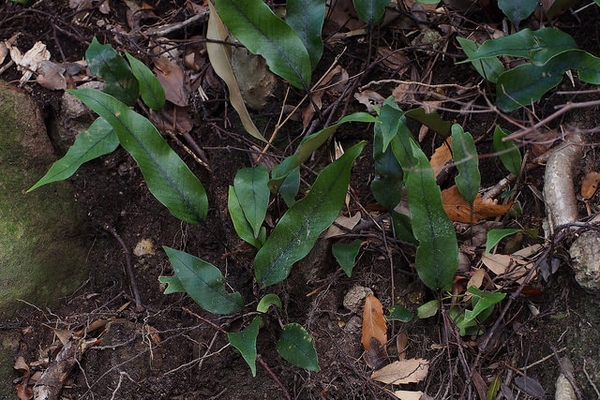
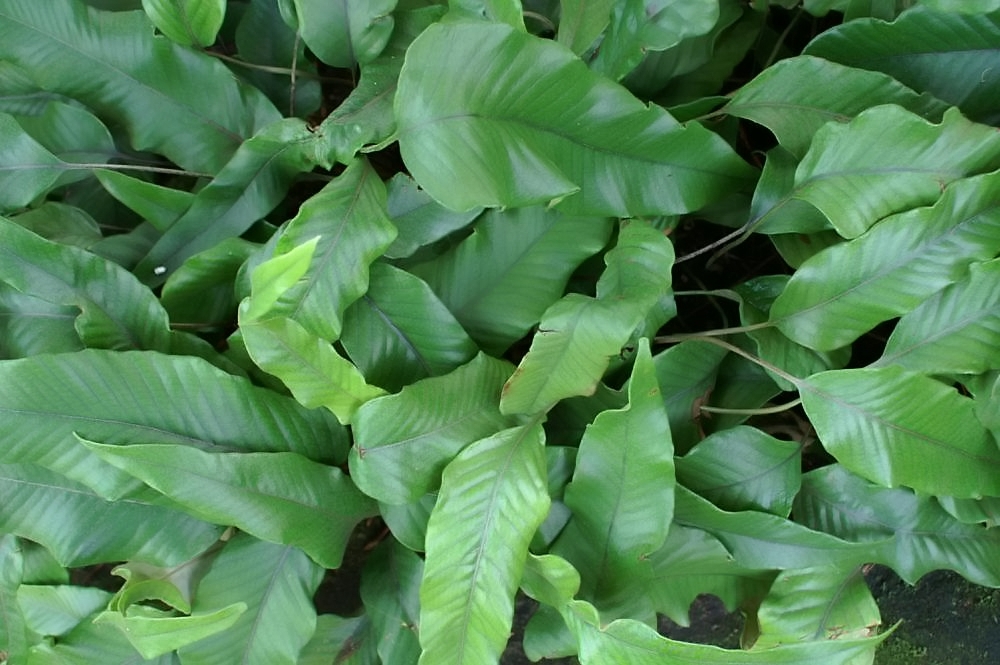

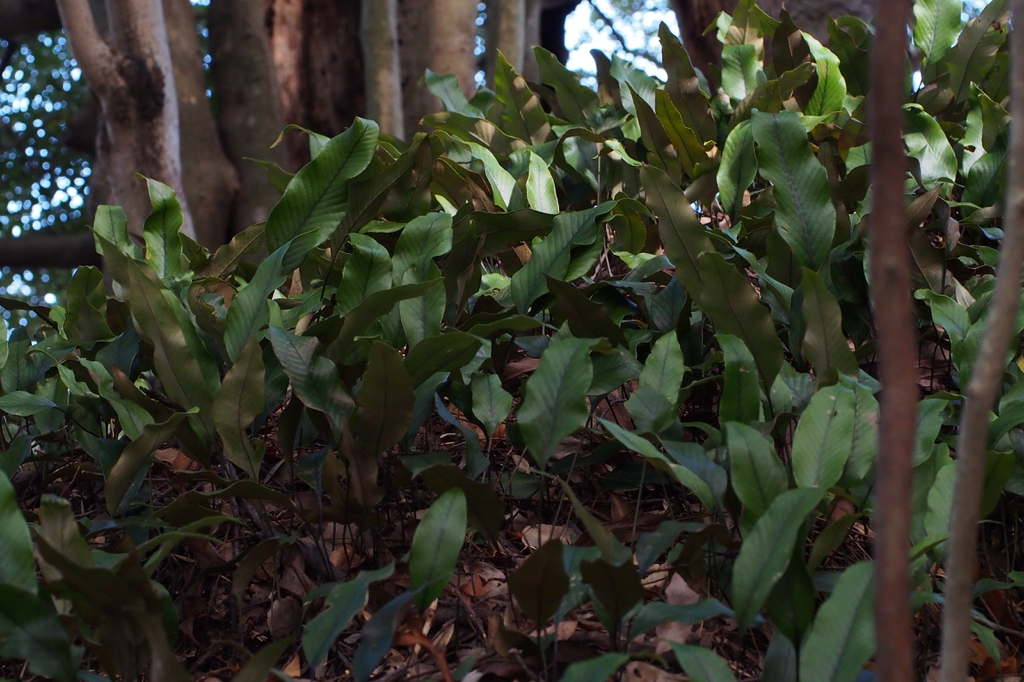






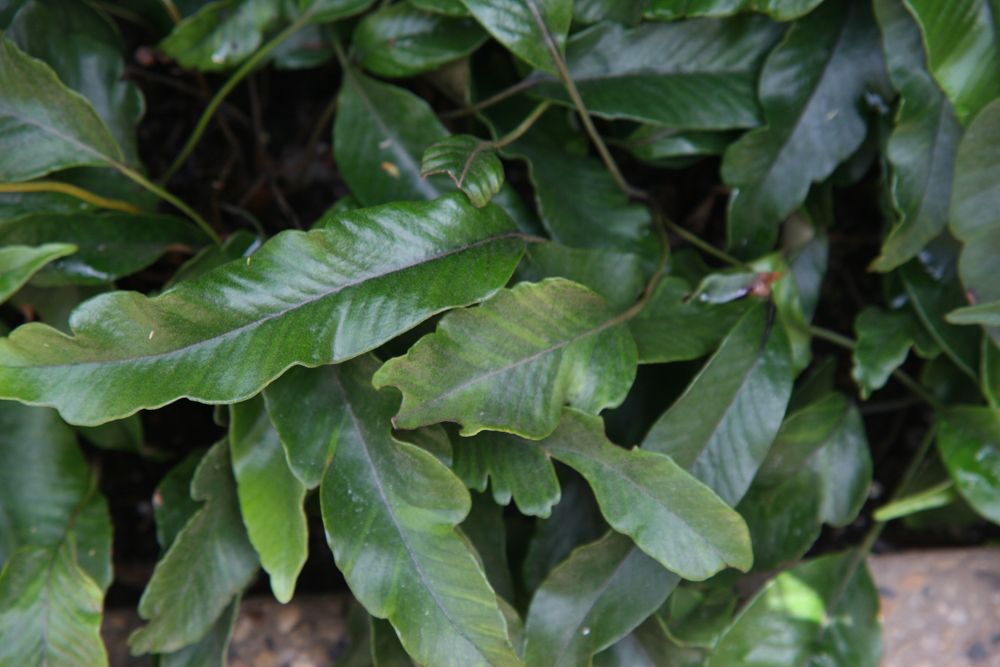
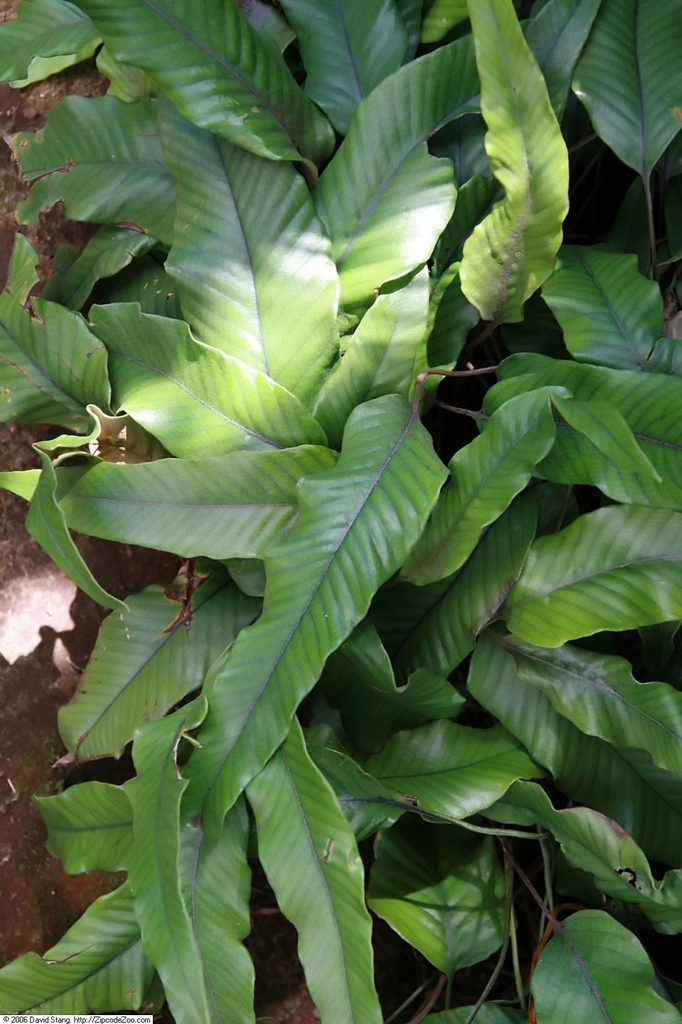

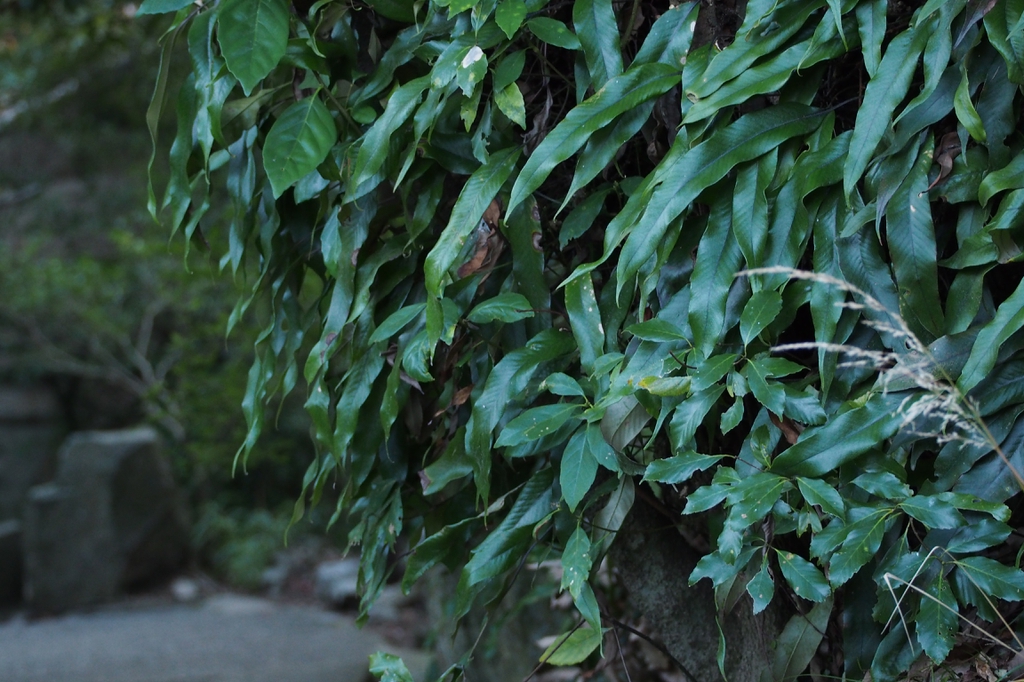
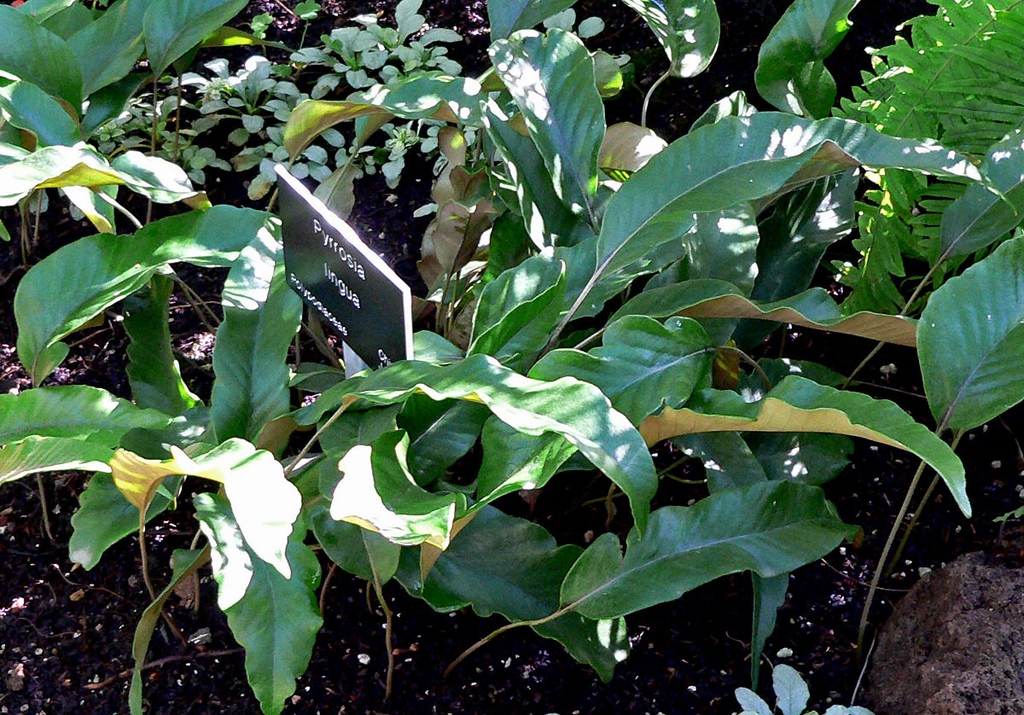















- Cultivars / Varieties:
-
- 'Alabama Gold'
- 'Corymbifera"
- 'Cuspidata'
- 'Eboshi'
- 'Futaba Shishi'
- 'Hiryu'
- 'Kei Kan'
- 'Nankin Shishi'
- 'Obake Nana'
- 'Ogon Nishiki'
- 'Tachiba Koryu'
- 'Alabama Gold'
- 'Alabama Gold', 'Corymbifera", 'Cuspidata', 'Eboshi', 'Futaba Shishi', 'Hiryu', 'Kei Kan', 'Nankin Shishi', 'Obake Nana', 'Ogon Nishiki', 'Tachiba Koryu'
- Tags:
-
-
Attributes:
- Genus:
- Pyrrosia
- Species:
- lingua
- Family:
- Polypodiaceae
- Life Cycle:
- Perennial
- Recommended Propagation Strategy:
- Division
- Country Or Region Of Origin:
- China to Indo-China, South Korea, Nansei-shoto to Taiwan
- Particularly Resistant To (Insects/Diseases/Other Problems):
- Heavy shade, Deer
- Climbing Method:
- Scrambler
- Edibility:
- medicinal
- Dimensions:
- Height: 0 ft. 8 in. - 1 ft. 0 in.
- Width: 1 ft. 0 in. - 3 ft. 0 in.
-
-
Whole Plant Traits:
- Plant Type:
- Fern
- Ground Cover
- Woody Plant Leaf Characteristics:
- Broadleaf Evergreen
- Habit/Form:
- Creeping
- Mounding
- Prostrate
- Growth Rate:
- Slow
- Maintenance:
- Low
- Texture:
- Coarse
-
-
Cultural Conditions:
- Light:
- Dappled Sunlight (Shade through upper canopy all day)
- Deep shade (Less than 2 hours to no direct sunlight)
- Partial Shade (Direct sunlight only part of the day, 2-6 hours)
- Soil Texture:
- Clay
- Loam (Silt)
- Sand
- Shallow Rocky
- Soil pH:
- Acid (<6.0)
- Alkaline (>8.0)
- Neutral (6.0-8.0)
- Soil Drainage:
- Good Drainage
- Available Space To Plant:
- 12 inches-3 feet
- NC Region:
- Coastal
- USDA Plant Hardiness Zone:
- 6a, 6b, 7a, 7b, 8a, 8b, 9a, 9b, 10a, 10b
-
-
Fruit:
- Fruit Description:
- No fruits. This plants reproduces via spores.
-
-
Flowers:
- Flower Description:
- No flowers.
-
-
Leaves:
- Woody Plant Leaf Characteristics:
- Broadleaf Evergreen
- Leaf Color:
- Brown/Copper
- Gray/Silver
- Green
- White
- Leaf Value To Gardener:
- Edible
- Leaf Type:
- Simple
- Leaf Arrangement:
- Other/more complex
- Leaf Shape:
- Linear
- Leaf Margin:
- Entire
- Hairs Present:
- Yes
- Leaf Length:
- 3-6 inches
- Leaf Width:
- 1-3 inches
- Leaf Description:
- Blade is leathery, lance shaped and tapers to a long pointed tip; lower blade is densely covered with persistent white to gray brown stellate hairs; stipe one fifth to one half the frond length.
-
-
Stem:
- Stem Color:
- Green
- Stem Is Aromatic:
- No
- Stem Surface:
- Hairy (pubescent)
-
-
Landscape:
- Landscape Location:
- Container
- Hanging Baskets
- Patio
- Rock Wall
- Slope/Bank
- Small Space
- Walkways
- Landscape Theme:
- Drought Tolerant Garden
- Edible Garden
- Fairy Garden
- Rock Garden
- Shade Garden
- Winter Garden
- Design Feature:
- Accent
- Border
- Mass Planting
- Small groups
- Specimen
- Resistance To Challenges:
- Deer
- Drought
- Heavy Shade
- Rabbits






